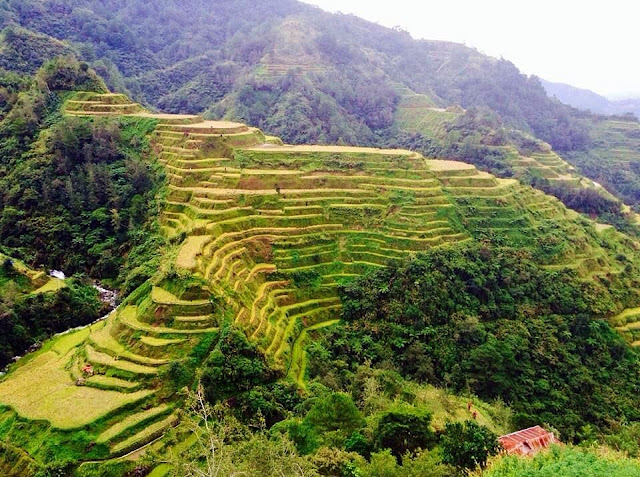Tallin, Estonia
My Baltic Adventure
 |
| Alexander Nevsky Russian Orthodox Church |
Helsinki is only 80 kilometers away and shares the Gulf of Finland with Estonia. Tallinn, the largest city and capital of Estonia is on the southern coast of the Gulf of Finland. Our guide told us a little bit of history of Estonia and Finland under Soviet rules for decades and the contrasts between the two countries post-Soviet Union. Although close in proximity, Helsinki, the capital of Finland has remained subdued and Scandinavian, while Tallinn, the capital of Estonia, has transformed itself into a tourist mecca and has adapted a Western European attitude. Tallinn was named “the European Capital of Culture”. Our guide was so enthusiastic in showing us what earned Tallinn the title “European Capital of Culture” talking in great detail about the sites we were seeing. We toured a residential area to see traditional homes, St. Bridgit's Church and monastery, quirky museums and the modern city center, Freedom Square, and Rotterman Quarter, the shopping district. I saw different types of architecture ranging from the 13th century to modern.
 Later, I joined the same local guide for a walking tour of the old town and the walled section of the city. The area is listed as a UNESCO World Heritage site for surviving virtually intact from the 13th-14th century. I felt our tour guide’s energy and enthusiasm as he gave lengthy talks about the tourist attractions. Perhaps his long narration was a deliberate attempt to hold us in order to control the traffic and prevent groups of tourists from congregating at one site at the same time.
Later, I joined the same local guide for a walking tour of the old town and the walled section of the city. The area is listed as a UNESCO World Heritage site for surviving virtually intact from the 13th-14th century. I felt our tour guide’s energy and enthusiasm as he gave lengthy talks about the tourist attractions. Perhaps his long narration was a deliberate attempt to hold us in order to control the traffic and prevent groups of tourists from congregating at one site at the same time.He led us past the crowded Toompea Hill, the Estonian Parliament (pink building) juxtaposed to the grey Toompea Castle tower, Alexander Nevsky Russian Orthodox Church, St. Mary's Cathedral, Museum of Occupations, the Estonian History Museum, and St. Olaf's Church. I could hardly take pictures of any tourist attractions in the Toopmea Hill without the people, but I enjoyed the view from the upper old town.
 |
| The View from the Upper Town |
We walked back to the lower town into a maze of souvenir shops, bars and restaurants a buzz with tourists. Our walking tour ended at the Market Square, where Café umbrella cluster by the colorfully painted façade of medieval-style buildings lined the square, the oldest townhall in the whole Baltic region on one side. Our guide pointed to a gray building. “You see that pharmacy, it’s the oldest running pharmacy in Europe”, he said. I continued to walk past the pharmacy to explore the narrow streets on my own and look for a place to eat. I passed the Old St. Catherine’s Passage, lined with small art shops that sell artwork, ceramic shops, souvenirs shops that sell custom jewelry made with Baltic Sea amber.
On my way back to the Old Market Square, I heard some medieval music and saw some young men and women in medieval costumes. I asked the young man tending the roasted almond food cart if I could take his picture and asked permission to post it in Instagram. The young man said, “Instagram, What’s that?” I was surprised that a young man from Tallinn, a city dubbed as the Silicon Valley of Europe and credited for the development of Skype, has not heard of Instagram and Facebook. Almost everybody there speaks English and they must have seen lots of tourists taking selfies. I repeated my question, and asked the young woman beside him. She reacted in the same manner as the young man. Then it occurred to me that they were wearing medieval costumes and playing a role of people living in medieval time. The roasted almond food cart outside was part of the restaurant and the medieval characters outside were employees of Old Hansa Restaurant. As I was about to enter the restaurant, the young woman called me out, “Hey, you can post my picture, just hashtagged it #oldhansarestaurant.”
After exploring on my own, I went back to the plaza to meet up with the local guide. The Old Market Square was getting crowded with tourists. Mimes and performers started to do their usual act in the center of the square. A man with a big smile on his face started releasing some big balloons into the air, but the balloon would not go farther up but kept rolling on the ground. I thought it was part of an act. The lower old town had been transformed into a big party town. Despite the long walks through cobbled streets, and the long hike to the upper town and lower town, I actually had fun exploring the city. It had a Disneyesque feel that all the talks about its history, sordid or otherwise, quickly forgotten. I must say that Tallinn has captured my attention as a tourist by luring me into the old medieval town and by making exploring the city fun.
Next week our ship is scheduled to dock in Helsinki. I already signed up for the Poorvo village excursion, one of the medieval towns in Finland, so I can compare it to Tallinn. I'm going to visit some museums and explore the Design Design district. I'm curious to see the city that was named the "Design Capital of the World” in 2012.
NOTE: All photos by the author




Comments
Post a Comment